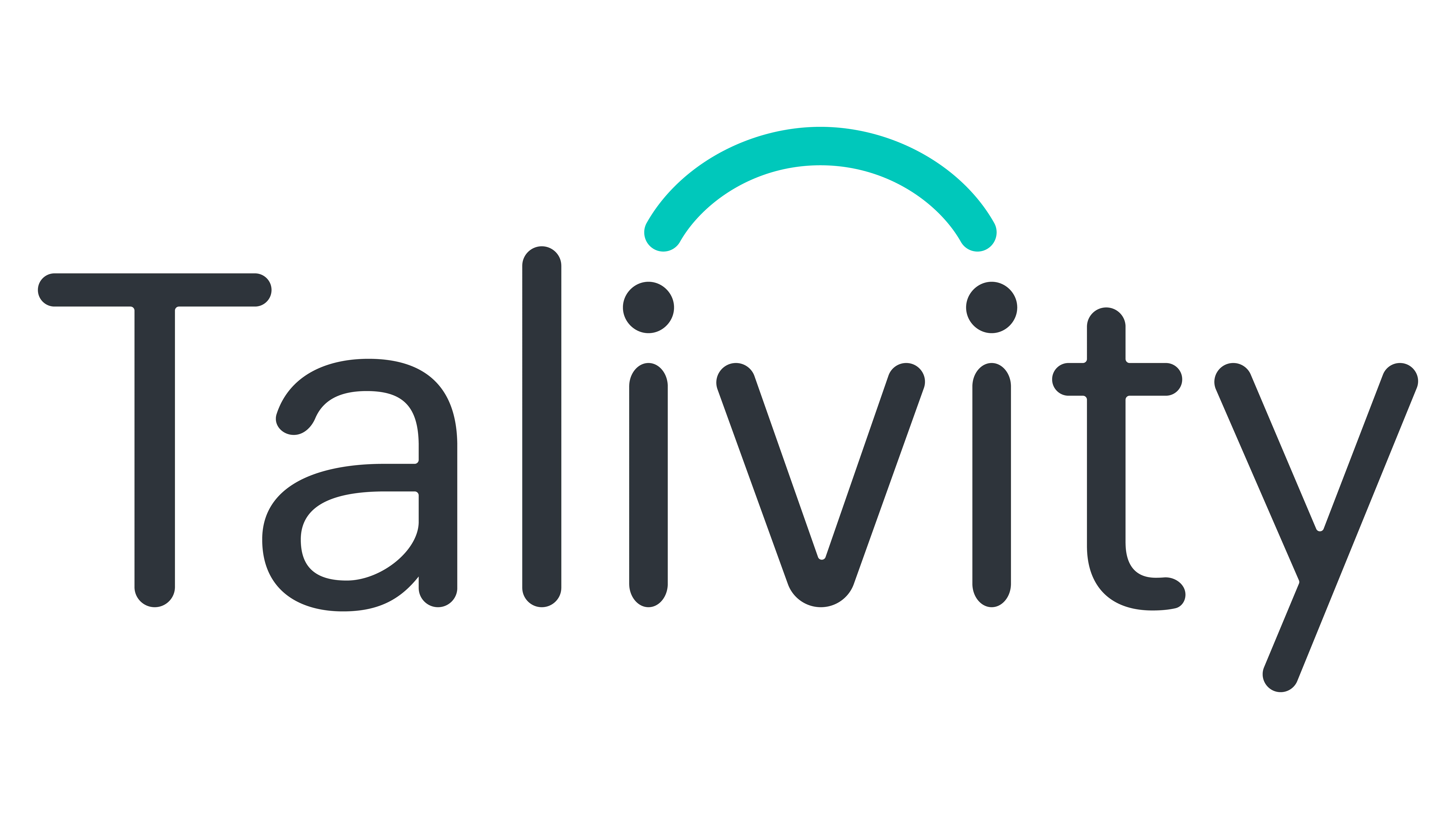Find the right solution for your business.
Explore SolutionsTo get valuable content like our product go-to-market strategy series delivered to your inbox, subscribe to our newsletter here. It’s free!
Welcome to the third installment of our go-to-market strategy series for HR tech and recruitment solutions. If you’ve been following along, you know we’ve covered the foundations of GTM strategy and effective channel selection. Now, we’re diving into a topic that can make or break your product’s success: pricing.
In the hyper-competitive HR tech market, your pricing strategy isn’t just about slapping a number on your product. It’s a critical component of your overall GTM strategy that can significantly impact your market positioning, customer perception, and ultimately, your bottom line.
In this article, we’ll explore the intricacies of pricing in the HR tech space. We’ll cover everything from fundamental pricing concepts to tailored strategies for the recruitment market. By the end, you’ll have a comprehensive understanding of how to develop a pricing strategy that not only reflects your product’s value but also resonates with your target market.
Let’s dive in.
Pricing Fundamentals
Before we delve into HR tech-specific strategies, let’s lay the groundwork with some key pricing concepts. Understanding these fundamentals is crucial for developing a pricing strategy that aligns with your overall business goals.
Cost-Plus Pricing
This is the most straightforward pricing method. You calculate the cost of producing your product and add a markup. While simple, it often fails to account for market dynamics and perceived value.
Pros:
- Easy to calculate and justify internally
- Ensures a minimum profit margin
Cons:
- Ignores market demand and competitor pricing
- May lead to overpricing or underpricing
Competitive Pricing
Here, you base your price on what competitors are charging. It’s common in mature markets with established players.
Pros:
- Keeps you in line with market expectations
- Can be effective in highly competitive markets
Cons:
- May lead to price wars
- Doesn’t account for unique value propositions
Value-Based Pricing
This strategy prices your product based on the perceived value to the customer. It’s often the most effective approach for innovative HR tech solutions.
Pros:
- Allows for higher margins if you can demonstrate value
- Aligns pricing with customer outcomes
Cons:
- Requires deep understanding of customer needs and willingness to pay
- Can be challenging to communicate value effectively
Dynamic Pricing
This involves adjusting prices in real-time based on market demand, customer segments, or other factors. While less common in B2B SaaS, it’s gaining traction.
Pros:
- Maximizes revenue by adapting to market conditions
- Can incentivize purchases during slow periods
Cons:
- Can be complex to implement
- May confuse or frustrate customers if not transparent
Understanding these concepts is just the start. The key is applying them strategically to the unique dynamics of the HR tech market.
Tailoring Your Pricing to the Talent Acquisition Market
The HR tech market isn’t just another B2B software space. It has its own quirks and characteristics that significantly impact pricing strategies. Let’s break down some key factors:
- Market Diversity: The talent acquisition market spans from small startups to global enterprises. Your pricing needs to accommodate this range without alienating potential customers at either end.
- Hiring Volumes and Frequencies: Unlike some SaaS products with steady usage, recruitment tools often see fluctuating demand based on hiring cycles. Your pricing model needs to account for these variations.
- Budget Cycles and Decision-Making Processes: HR departments often work with annual budgets and complex approval processes. Your pricing strategy should align with these cycles and make it easy for decision-makers to justify the investment.
When it comes to value metrics, traditional per-seat pricing doesn’t always make sense in HR tech. Consider value metrics that align with recruitment outcomes, such as number of hires, volume of job postings, candidate pipeline size, or time-to-hire improvements.
Industry-Specific Pricing Models
Based on these factors, several pricing models have emerged as effective in the HR tech space:
- Per-Hire Fees: Charging based on successful placements. This aligns your pricing directly with customer success.
- Subscription-Based Models: Offering tiered packages based on features or usage limits. This provides predictable revenue and allows for upselling.
- Usage-Based Pricing: Charging based on actual system usage, which can be appealing for companies with variable hiring needs.
- Success-Based Pricing: Tying fees to specific recruitment outcomes or KPIs. This demonstrates confidence in your product’s effectiveness.
Let’s look at some real-world examples:
- LinkedIn Recruiter: Offers tiered subscription plans with different levels of access and features.
- Greenhouse: Uses a per-employee per-month model, scaling with company size.
- Hired: Charges employers a percentage of the hired candidate’s first-year salary.
The key is choosing a model that aligns with your product’s value proposition and your target market’s needs.
Value-Based Pricing: The Gold Standard in HR Tech
While all pricing strategies have their place, value-based pricing often emerges as the most effective approach for innovative HR tech solutions. Here’s why:
- It aligns with ROI-focused buying: HR departments are increasingly asked to justify tech investments. Value-based pricing makes this easier by directly tying cost to outcomes.
- It allows for premium pricing: If you can clearly demonstrate superior value, you can command higher prices than competitors.
- It focuses on customer outcomes: This approach forces you to continually improve your product to maintain its perceived value.
Implementing Value-Based Pricing
Here’s a step-by-step approach to implementing value-based pricing:
- Identify key value drivers: What specific problems does your product solve? How does it improve recruitment processes or outcomes?
- Quantify the impact: Use data to show how your product affects metrics like time-to-hire, quality of hire, or recruiter productivity.
- Develop a compelling value proposition: Clearly articulate how your product delivers value in terms that resonate with HR decision-makers.
- Create a pricing structure: Based on the value delivered, develop a pricing structure that captures a fair portion of that value.
- Train your sales team: Ensure your sales team can effectively communicate your value proposition and justify your pricing.
Overcoming Price Objections
Even with a solid value-based pricing strategy, you’ll inevitably face price objections. Here are some tactics for handling them:
- Reframe the conversation: Shift from cost to ROI. Show how the investment pays for itself.
- Offer proof: Use case studies and testimonials to demonstrate value delivered to similar companies.
- Provide options: Offer different packages or tiers to cater to various budget levels.
- Consider pilot programs: Allow skeptical customers to prove the value to themselves with a limited-time or limited-scope trial.
Remember, in HR tech, you’re not just selling a product—you’re selling better hires, more efficient processes, and improved business outcomes. Your pricing should reflect that.
Packaging and Bundling for Maximum Value Perception
Strategic packaging and bundling can significantly enhance the perceived value of your HR tech solution. Offering multiple packages or tiers serves several purposes: it caters to different market segments, creates a sense of choice, and can drive upsells as customers opt for higher tiers to access premium features.
Effective Packaging Approaches
- Good-Better-Best Model: Offer three tiers of increasing value and price. This is common in SaaS and works well for many HR tech products.
- Feature-Based Tiers: Segment your offering based on feature sets. This works well if different customer segments have distinctly different needs.
- Usage-Based Packages: Scale pricing based on usage metrics like number of job postings or candidate contacts.
Bundling Strategies
- Complementary Product Bundles: Package your core product with complementary tools or services. For example, an ATS might bundle with a video interviewing tool.
- Service Add-Ons: Offer professional services, training, or premium support as add-ons to your core product.
- Temporary Promotions: Use limited-time bundles to drive sales or encourage upgrades.
When creating packages and bundles, always ensure they’re easy to understand and clearly communicate the value at each level.
Pricing for Different Customer Segments
The diverse nature of the HR tech market means one-size-fits-all pricing rarely works. Here’s how to approach segmented pricing:
Common Segments in HR Tech
- Company Size: SMB, mid-market, enterprise
- Industry Verticals: Tech, healthcare, retail, etc.
- Geographic Regions: Consider regional economic differences
When tailoring your pricing to different segments, consider willingness to pay, feature requirements, usage patterns, and the competitive landscape. Enterprise clients typically have larger budgets but also higher expectations. Different segments may value different features. A small company might hire occasionally, while an enterprise is always recruiting.
Transparent vs. Opaque Pricing
Deciding whether to publish your prices or keep them behind a “Contact Us” button is a strategic choice:
Transparent Pricing Pros:
- Builds trust
- Simplifies the buying process
- Can pre-qualify leads
Transparent Pricing Cons:
- Less flexibility in negotiations
- Competitors can easily undercut you
Opaque Pricing Pros:
- Allows for more customized deals
- Can capture more value from enterprise clients
Opaque Pricing Cons:
- May deter some buyers who prefer upfront pricing
- Can lengthen the sales cycle
Many HR tech companies opt for a hybrid approach: transparent pricing for SMB/mid-market segments and custom pricing for enterprise clients.
When pricing differently for different segments, be cautious about potential backlash. Ensure you can justify price differences based on real value or cost-to-serve variations. Be prepared to explain your pricing rationale if questioned.
Implementing and Optimizing Your Pricing Strategy
Launching your pricing strategy is just the beginning. Continuous optimization is key to long-term success.
Gathering Pricing Feedback
- Customer Surveys: Regularly ask customers about perceived value and price sensitivity.
- Win/Loss Analysis: Analyze why you win or lose deals, with a focus on pricing factors.
- Usage Data Analysis: Look for correlations between pricing tiers and product usage or customer success metrics.
A/B Testing Pricing Changes
When considering pricing changes, use A/B testing to validate your assumptions:
- Segment a portion of your leads or website traffic.
- Show them the new pricing while maintaining the old pricing for the control group.
- Compare conversion rates, deal sizes, and other relevant metrics.
Managing Price Changes
When you do implement price changes:
- Communicate Early: Give customers plenty of notice, especially for price increases.
- Explain the Why: Tie price increases to added value or increased costs.
- Grandfather Existing Customers: Consider maintaining old pricing for existing customers, at least for a set period.
- Offer Alternatives: If raising prices, consider introducing a lower-tier option to retain price-sensitive customers.
Remember, pricing is not set-in-stone. It should evolve with your product, market conditions, and company goals.
Pricing as a Strategic Lever
In the competitive HR tech landscape, your pricing strategy is more than just a way to monetize your product—it’s a powerful tool for positioning, customer segmentation, and value communication.
As you develop and refine your pricing strategy, keep these key points in mind:
- Align with Value: Ensure your pricing reflects the true value your product delivers to customers.
- Stay Flexible: Be prepared to adjust your strategy as market conditions change.
- Think Holistically: Your pricing should align with your overall GTM strategy, product roadmap, and company goals.
- Keep Learning: Continuously gather data and feedback to inform your pricing decisions.
Remember, there’s no one-size-fits-all pricing strategy in HR tech. The key is to deeply understand your market, your customers, and your own product’s value proposition. With this foundation, you can develop a pricing strategy that not only drives revenue but also reinforces your market position and supports long-term growth.
Need help crafting a winning pricing strategy for your HR tech product? Our team of experts can guide you through the process, leveraging deep industry knowledge and data-driven insights. Whether you need a sponsored content piece or outsourced marketing work, we’re your partner. Schedule a time with Matt to learn more.


